Just Breath
Observing stillness and breathing deeply and calmly is the easiest way to open your heart. (Paul Ferrini)
Yogic breathing
18/04/2024
Renata Coznici
The basis of breathing exercises is complete yogic breathing, consisting of three parts (phases): abdominal (diaphragmatic), thoracic (costal) and clavicular breathing. The most important condition for controlling breathing is controlling the rhythm. Yogis count their heartbeat. So can we, we can take our pulse and figure out the rhythm of our heart, which will be the basis of our count. Each breathing exercise begins with a vigorous exhalation.
Abdominal (diaphragmatic) breathing
In the case of abdominal breathing, obviously, air does not enter the abdomen during breathing – it would be an anatomical impossibility. It simply means that during inspiration we expand our frontal and lateral abdominal muscles. Thus, lowering the diaphragm, the lower lobes of the lungs can fill with air. In exhalation, the abdominal wall is pulled inward, the diaphragm ascends, and air is expelled.
The exercise can be started by sitting in a meditation position, standing or lying on your back. We try to keep our spine as straight as possible, the chest and shoulders remain motionless throughout the execution:
Place the palm of the right hand on the abdomen at the level of the navel, and the left hand on the chest. During breathing, the right hand will rise and deepen, and the left hand will remain motionless. We gradually remove air from the lungs while retreating the abdominal wall inward, that is, towards the spine (the diaphragm goes up, the right hand deepens, the left hand remains motionless) We begin inspiration, expand our abdominal muscles (diaphragm descends, right hand rises, left hand remains motionless) Another method of strengthening the diaphragm: we perform the exercise lying on our back, on the ground, place one or more books on the abdomen and gradually increase their weight. Beneficial effects: especially massages all organs of the abdomen, relaxes the heart, stimulates digestion, helps detoxify the body and strengthens the abdominal muscles.
Chest (intercostal) breathing
In this case, the middle part of the lungs will fill with air, while the abdomen and shoulders remain motionless:
Gently curl the lower part of the abdomen. We keep the abdomen motionless throughout the execution. We place our hands on the ribs. We begin the inspiration, we will be able to feel how the rib cage enlarges and the ribs move away from each other. We try to introduce air to the back and sides (the back widens, the lungs expand three–dimensionally) On exhalation we will feel how the rib cage returns to its original size. Beneficial effects: relieves pressure on the heart, refreshes blood circulation to the liver, gall, stomach, spleen and kidneys, strengthens intercostal muscles.
Clavicular breathing
In this case the upper part of the lungs will fill with air: we can place our hands in the abdominal and thoracic area to make sure that they will not move, only the shoulders and collarbone:
He inhales slowly by raising his shoulders and collarbone. Air will fill the upper part of your lungs. Exhale sharply, lowering the shoulders and collarbone. Beneficial effects: relaxes the shoulders and cervical area, strengthens the hilar lymph nodes in the lungs, ventilates the upper part of the lungs.
Complete yogic breathing is performed only through the nose, performing the three phases of breathing in turn. It begins with abdominal breathing, continues with thoracic breathing and ends with clavicular breathing. The exhalation also starts from the bottom up, ie at the abdominal level, then it goes to the middle area and then to the sternum. After which the cycle resumes.
Other related posts
We choose ourselves out of self-love or out of selfishness?
When I first encountered this question, I was almost certain that I was making this choice out of self-love. However, reality was completely different.
Keep readingOverthinking: Positive or Negative?
Exploring the duality of overthinking: when it becomes a learning tool and when it turns into a burden. Discover how yoga philosophy, psychology, and neuroscience intertwine in my learning process.
Keep readingOther related posts
Overthinking: Positive or Negative?
Exploring the duality of overthinking: when it becomes a learning tool and when it turns into a burden. Discover how yoga philosophy, psychology, and neuroscience intertwine in my learning process.
Keep readingWe choose ourselves out of self-love or out of selfishness?
When I first encountered this question, I was almost certain that I was making this choice out of self-love. However, reality was completely different.
Keep reading
